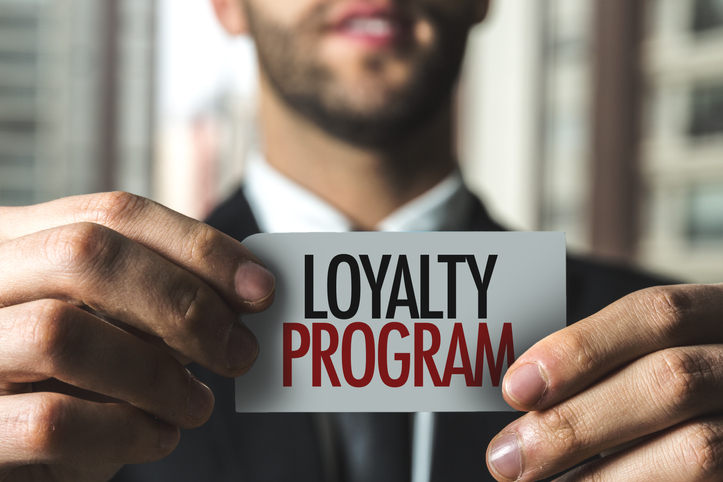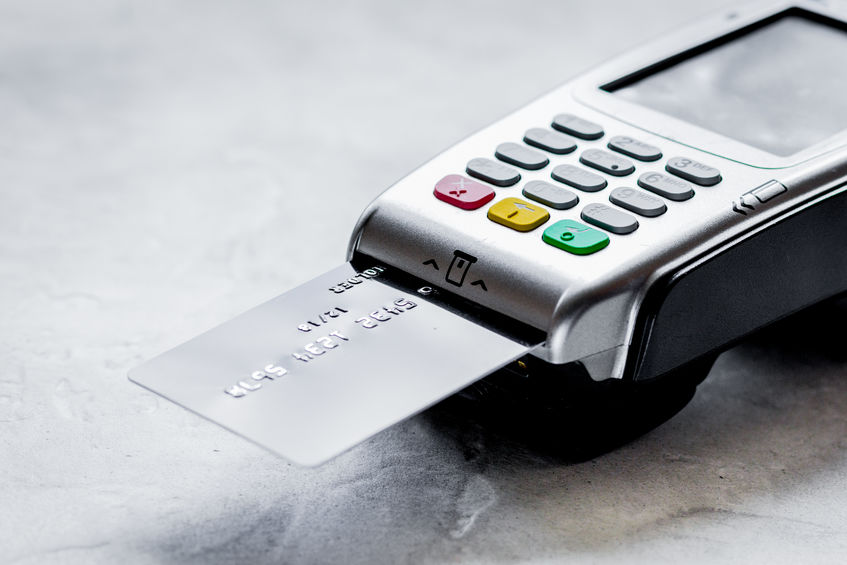Loyalty Programs for Small Businesses
As a small business owner, you should always be on the lookout for ways to improve your customer offerings to drive customer loyalty and satisfaction. There are a few things that have historically benefited small businesses such as loyalty programs, customer reviews, and community engagement. The bottom line is that without satisfied customers, your business will never reach its full potential. By putting customers top of mind, your business can boost sales and revenue seamlessly with simple programs. In this article, we will be focusing on loyalty programs for small businesses that will help improve brand perception, credibility, and build your customer base.
Punch Card
One of the most popular loyalty programs for small businesses is the use of punch cards. In general, punch cards are small, business card-like cards that have the business logo and terms of the rewards printed on them. These loyalty programs reward customers for making purchases. In general, when a customer spends a certain amount or buys a certain product they get a specified number of punches on their card. Once they have filled the card, they can turn it in for a free item or a discount on their next purchase.
For example, a coffee shop might offer a punch card that rewards customers with one punch per espresso shot ordered. So a customer that orders a drink with 0-2 espresso shots would get one punch and a customer who orders a drink with 3 or more espresso shots would get two punches. Then once they fill out the punch card they can redeem it for a small drink of their choice.
Gamification Loyalty Programs
Another highly successful program is a gamification loyalty program. This is a reward program that is presented to the customer with elements of game design in it. The most successful gamification loyalty programs are the ones that make the customer feel as though they are participating in a game, not being sold a product.
The most famous example of gamification loyalty programs is the monopoly campaign that Mcdonald’s runs periodically. They place game pieces on their products that customers can collect and redeem for free products or other rewards through the McDonald’s app or websites.
Now, obviously, this is a large-scale example, but the principle still holds true for small businesses. Giving customers an interactive element that can only be obtained through a purchase is a great way to bring gamification into a rewards program. In addition, mobile integration can be a great way to boost gamification campaigns. Movie theaters are also a great example of companies that lead successful gamification loyalty programs.
Loyalty Review Programs
Did you know that customer reviews are currently one of the number one ways that customers choose to shop with a brand or business? In the early 2000s customer reviews were seen as untrustworthy because of the ability of anyone, including the business themselves, to leave an anonymous customer review. Nowadays, online review websites and google reviews actually track customer locations and accounts and have moderators to ensure accurate reviews. This has drastically changed the customer review landscape making it one of the most reliable word-of-mouth sources for customers today.
Implementing a loyalty review program is a great way to ensure that your customers share their positive experiences online and with their friends driving new customer acquisitions and repeat traffic. For example, offering customers a 10% discount on their next purchase if they show you their google review for your company is an easy way to guarantee repeat customers and help new customers be informed about your offerings and service.
Membership Rewards
Membership rewards programs are another highly popular and effective way to promote brand loyalty. This could be anything from exclusive discounts offered through a rewards account that is connected to a card or phone number to progression rewards that work like a punch card but with reward points instead of a physical card.
The key to membership rewards programs is to make it easy for any customer to understand. Consider your target customer and cater to their needs. For example, if you are running a locally-sourced grocery store you will be seeing customers of any demographic from young to old. This means that you want to have a reward system that is not complicated such as every dollar spent = 1 point and 100 points = $1 off.
Email Lists
Email marketing is still highly effective today even with all the other forms of marketing out there. As a small business, email marketing is one of the easiest ways to implement a loyalty program that will benefit you in several ways. Having customers add themselves to your email list allows you to send them exclusive offers just for signing up as well as weekly promotions, ads, and other materials that keep your business at the top of their mind.
Third-Party Affiliate Programs
If you are not sure you are equipped to handle developing a full-scale loyalty program, third-party affiliate programs can be used to benefit your business. This is a program that your business partners with to get customer rewards with another company. There are several shopping apps that customers can use to get cash back on purchases or other rewards simply by checking in at your business. This helps customers come back to your business while letting someone else take care of the heavy lifting.
Free Gift Programs
It’s no secret that customers love getting free things. There are simple ways to offer customers free gifts without breaking the bank. For example, using special occasions such as birthdays to offer a small free gift is a great way to promote customer loyalty. For example, restaurants often offer a free dessert for a customer’s birthday when they provide ID to prove the birthday.
At the end of the day, having a loyalty program for small businesses is something that is expected of companies in today’s society. Give your customers a reason to keep coming back and you are sure to reap the rewards of your efforts.




